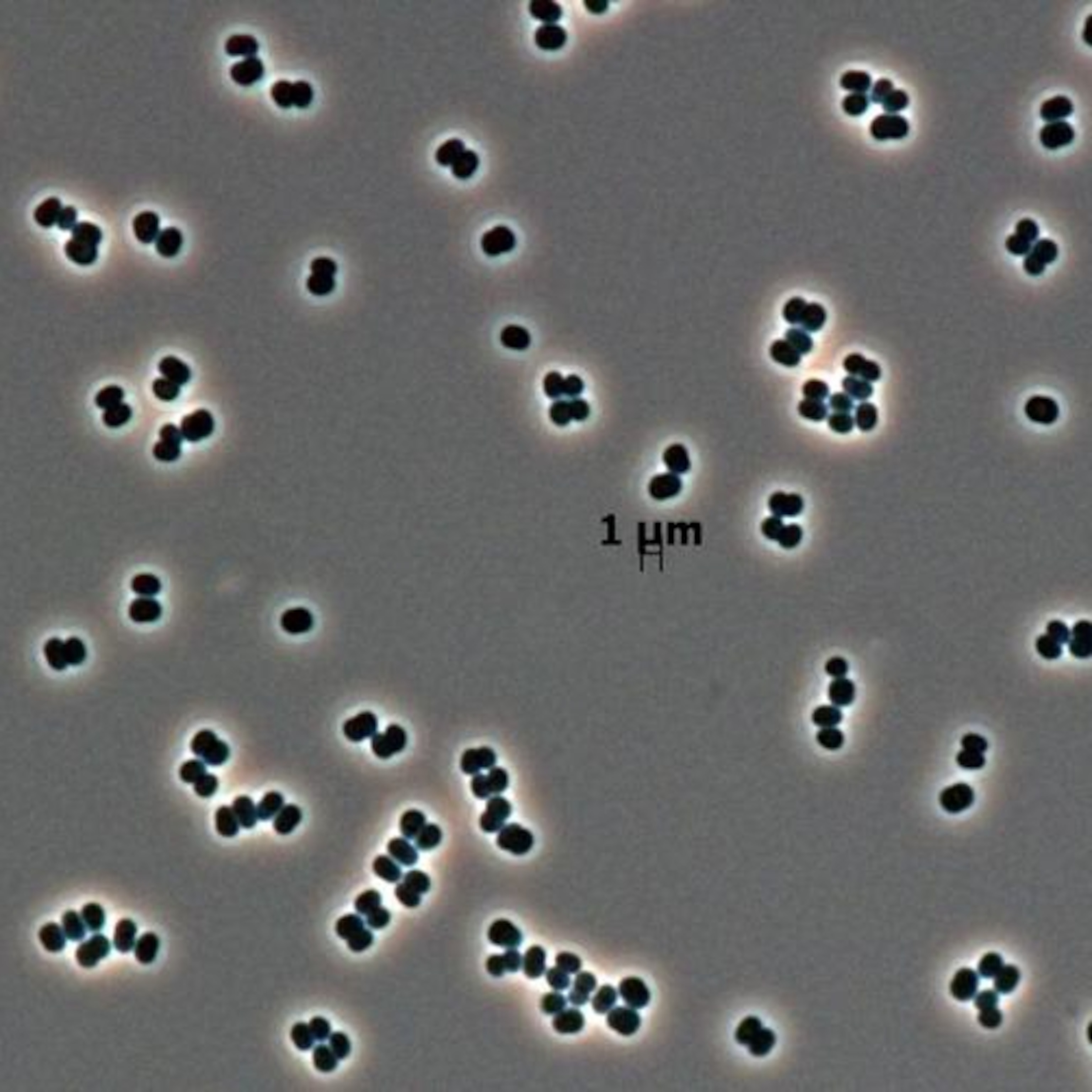
Life on Mars Found by NASA's Viking Mission?
New analysis suggests robots discovered microbes in 1976.
A fresh look at NASA data suggests that a robotic mission uncovered microbial life on Mars—more than 30 years ago.
In 1976 NASA sent two space probes, Vikings 1 and 2, to Mars to determine whether life exists on the red planet. The probes carried three experiments specially designed for the task, one of which was called the Labeled Release (LR) apparatus.
The LR experiment worked by scooping up a bit of Martian soil and mixing it with a drop of water that contained nutrients and radioactive carbon atoms.
(Related: "Mars Soil Resembles Veggie-Garden Dirt, Lander Finds.")
The idea was that if the soil contained microbes, the life-forms would metabolize the nutrients and release either radioactive carbon dioxide or methane gas, which could be measured by a radiation detector on the probe.
A number of control experiments were also performed, including heating some Mars soil samples to different temperatures and isolating other samples in the dark for months—conditions that would kill microbes that are photosynthetic or that rely on photosynthetic organisms for survival. These control samples were also mixed with the nutrient solution.
To the delight of many biologists at the time, the LR experiment came out positive for life, and the control experiments came out negative.
"The minute the nutrients were mixed with the soil sample, you got something like 10,000 counts" of radioactive molecules—a huge spike from the 50 or 60 counts that constituted the natural background radiation on Mars, said study team member Joseph Miller, a neurobiologist at the University of Southern California and a former NASA space shuttle project director.
Unfortunately, the LR experiment results were not backed up by the probes' other two experiments, both of which came out negative for life, so the space agency dismissed the possibility.
(Related: "Viking Mission May Have Missed Mars Life, Study Finds.")
Now, after running Viking's LR data through a mathematical test designed to separate biological signals from nonbiological signals, Miller's team believes that the LR experiments did indeed find signs of microbial life in Martian soil.
"It's very possible that if you have microbes, they're living a couple of inches beneath the soil, close to water ice," he said.
Clustering Viking's Mars Data
For the study, Miller and mathematician Giorgio Bianciardi, of Italy's University of Siena, used a technique called cluster analysis, which groups together similar-looking data sets.
"We just plugged all the [Viking experimental and control] data in and said, Let the cluster analysis sort it," Miller said. "What happened was, we found two clusters: One cluster constituted the two active experiments on Viking and the other cluster was the five control experiments."
To bolster their case, the team also compared the Viking data to measurements collected from confirmed biological sources on Earth—for example, temperature readings from a rat—and from purely physical, nonbiological sources.
"It turned out that all the biological experiments from Earth sorted with the active experiments from Viking, and all the nonbiological data series sorted with the control experiments," Miller said. "It was an extremely clear-cut phenomenon."
(Related: "Life on Mars? 'Missing Mineral' Find Boosts Chances.")
The team concedes, however, that this finding by itself isn't enough to prove that there's life on Mars.
"It just says there's a big difference between the active experiments and the controls, and that Viking's active experiments sorted with terrestrial biology and the controls sorted with nonbiological phenomena," Miller said.
Evidence for Martian Rhythm
Still, the new findings are consistent with a previous study published by Miller, in which his team found signs of a Martian circadian rhythm in the Viking LR experiment results.
Circadian rhythms are internal clocks found in every known life-form—including microbes—that help control biological processes, such as waking, sleeping, and temperature regulation. (See "Sleep Preferences Predict Baseball Success, Study Says.")
On Earth this clock is set to a 24-hour cycle, but on Mars it would be about 24.7 hours—the length of a Martian day.
In his previous work, Miller noticed that the LR experiment's radiation measurements varied with the time of day on Mars.
"If you look closely, you could see that the [radioactive-gas measurement] was going up during the day and coming down at night. ... The oscillations had a period of 24.66 hours just about on the nose," Miller said.
"That is basically a circadian rhythm, and we think circadian rhythms are a good signal for life."
Waiting for the Video
Despite his own conviction that the Viking mission detected life on Mars, Miller said he doesn't expect most people will be convinced until they can look at a video of Martian bacteria sitting in a petri dish.
"But for some reason, NASA has never flown a microscope that would let you do something like that," he said. "If they can fly a microscope for the geologists, they should be able to fly one for the biologists."
NASA's next Martian mission—the Mars Science Laboratory, aka Curiosity—will arrive on the red planet later this year. Although it's not carrying such a microscope, Miller thinks the lander could find supporting evidence for his team's theory.
(Related: "Next Mars Rover Landing Site Named: Gale Crater.")
"It won't test the hypothesis [for life on Mars] directly, but I think they'll be able to detect methane," Miller said. "And if they see a circadian rhythm in the methane release into the atmosphere, it would be very consistent with what we saw."
The new Mars-life research is detailed online in the International Journal of Aeronautical and Space Sciences.








